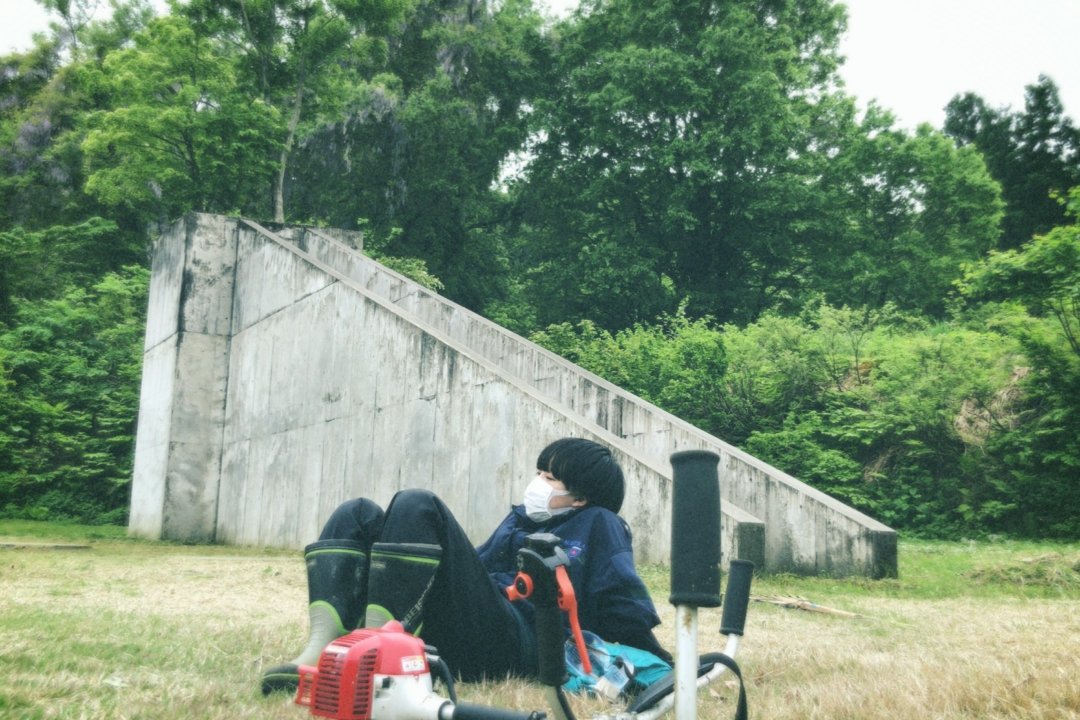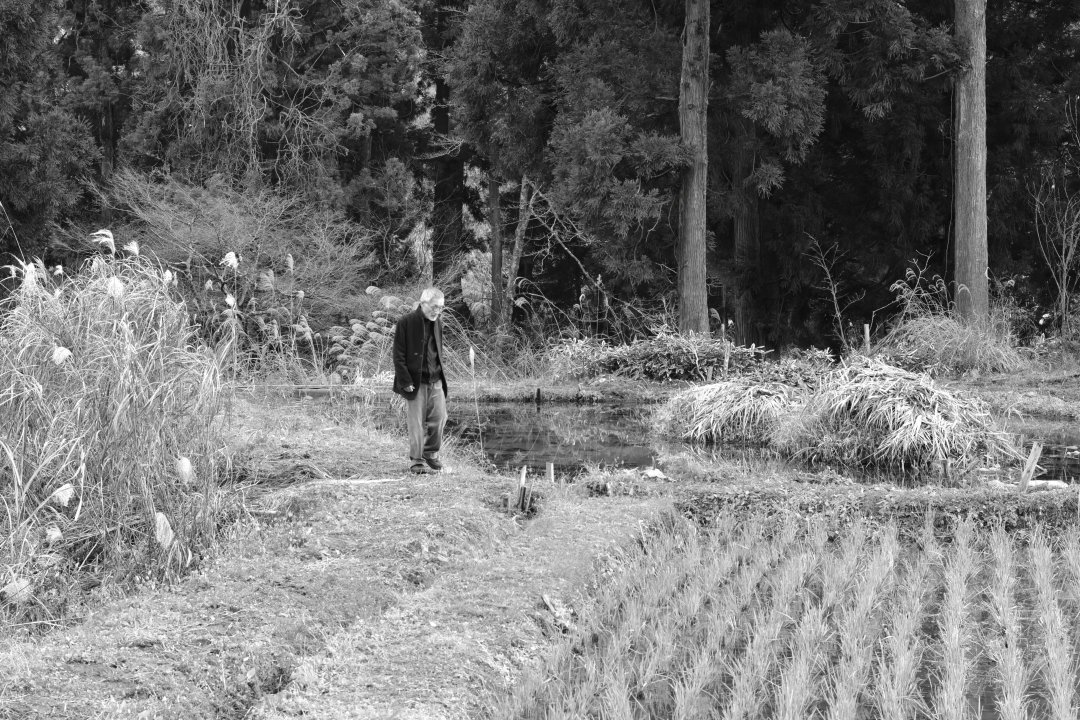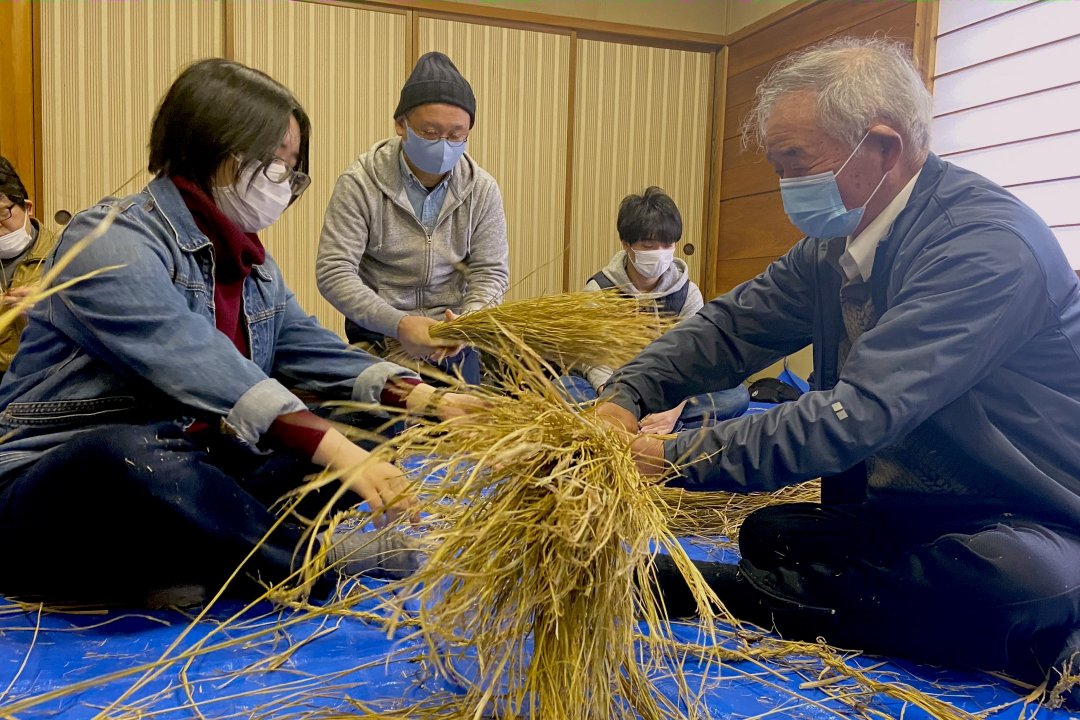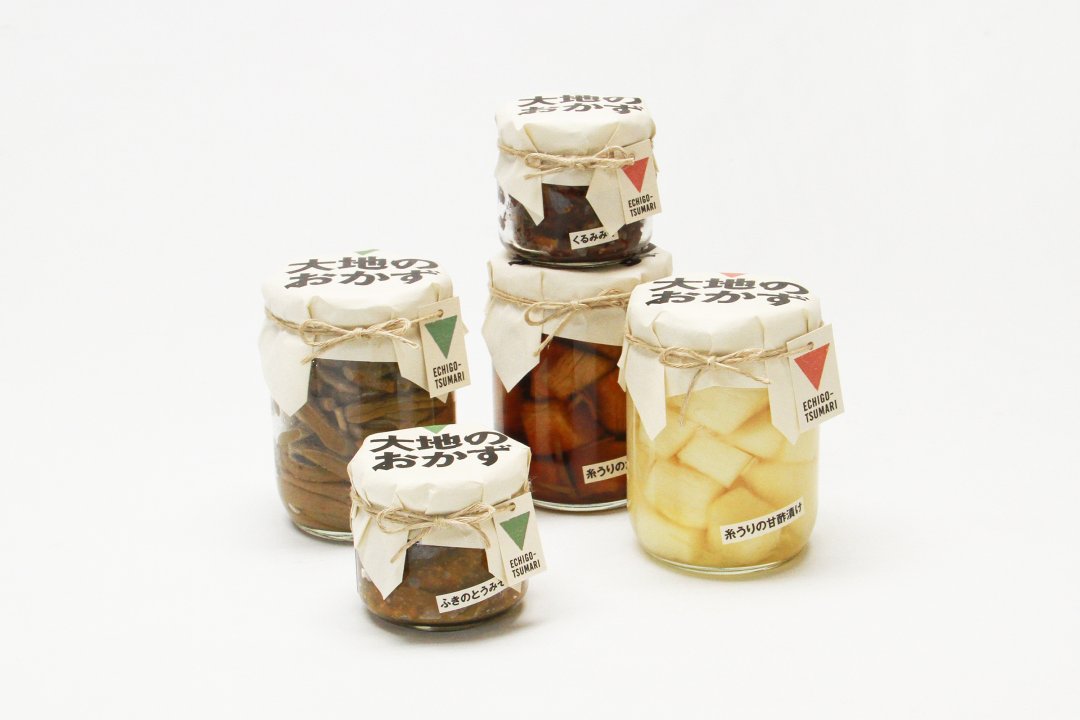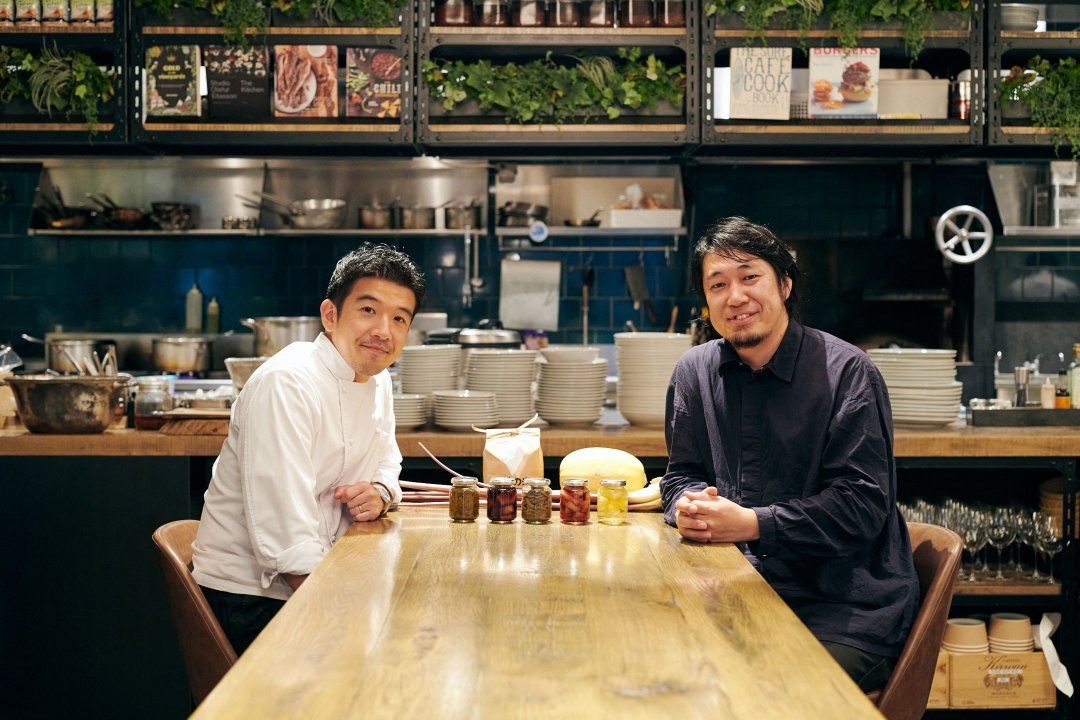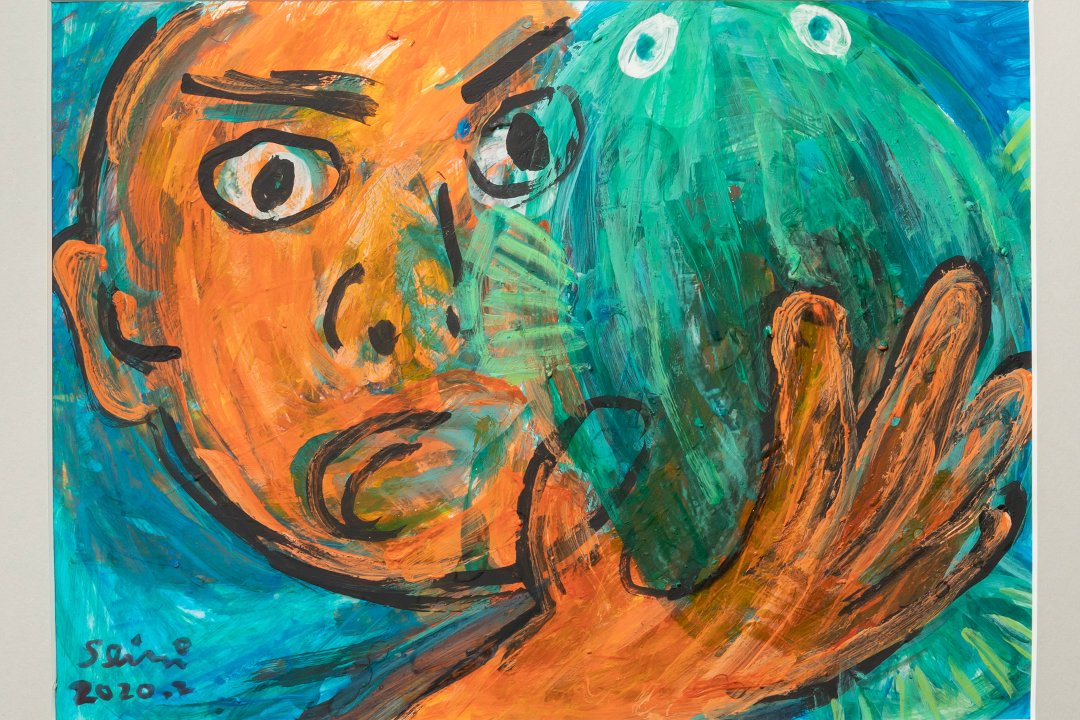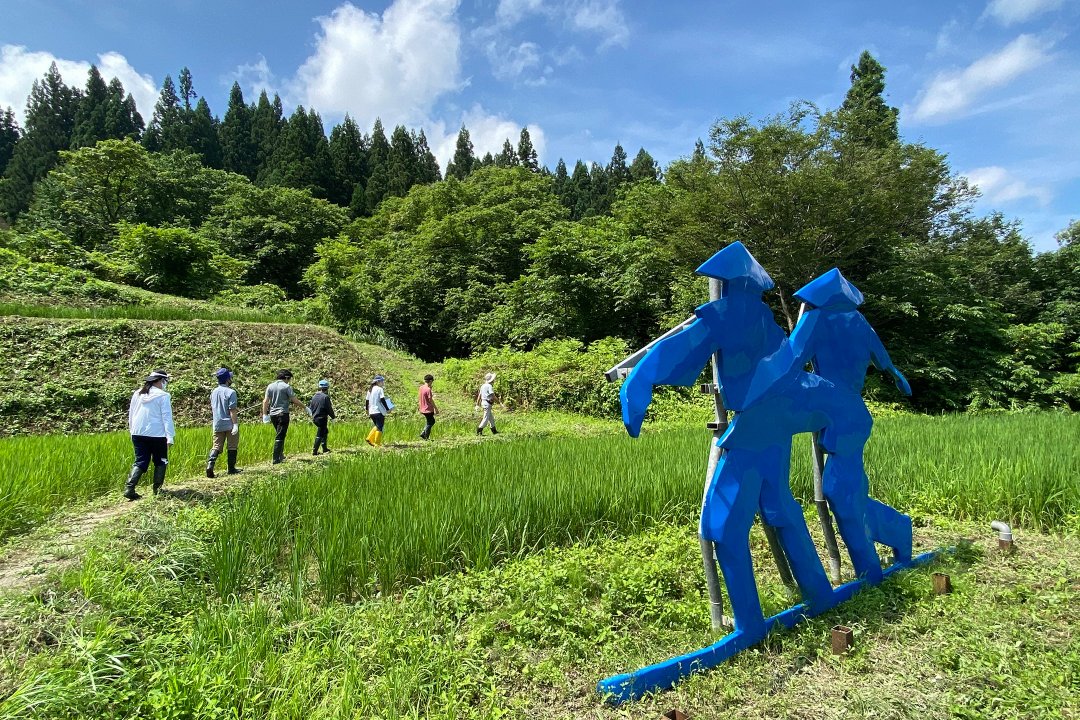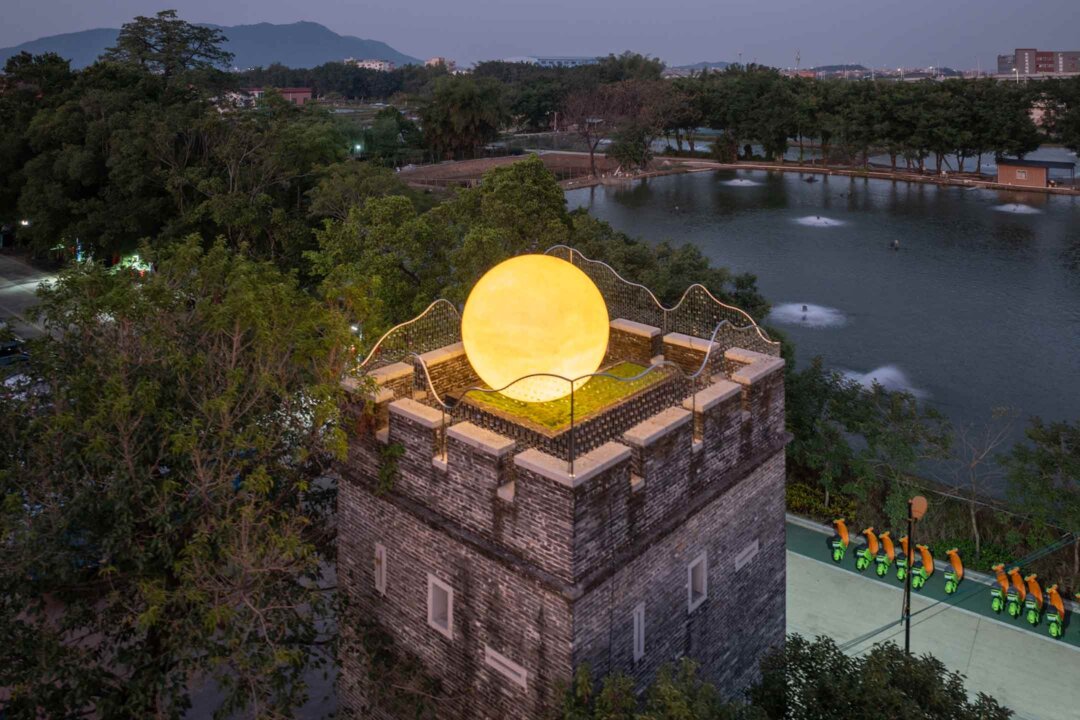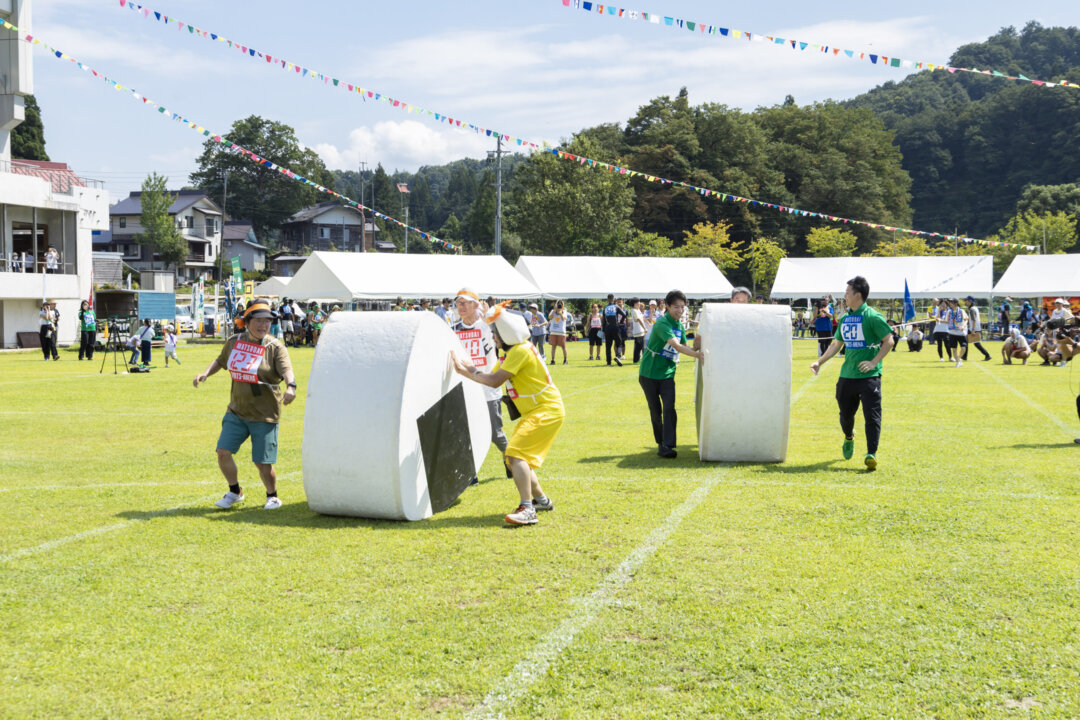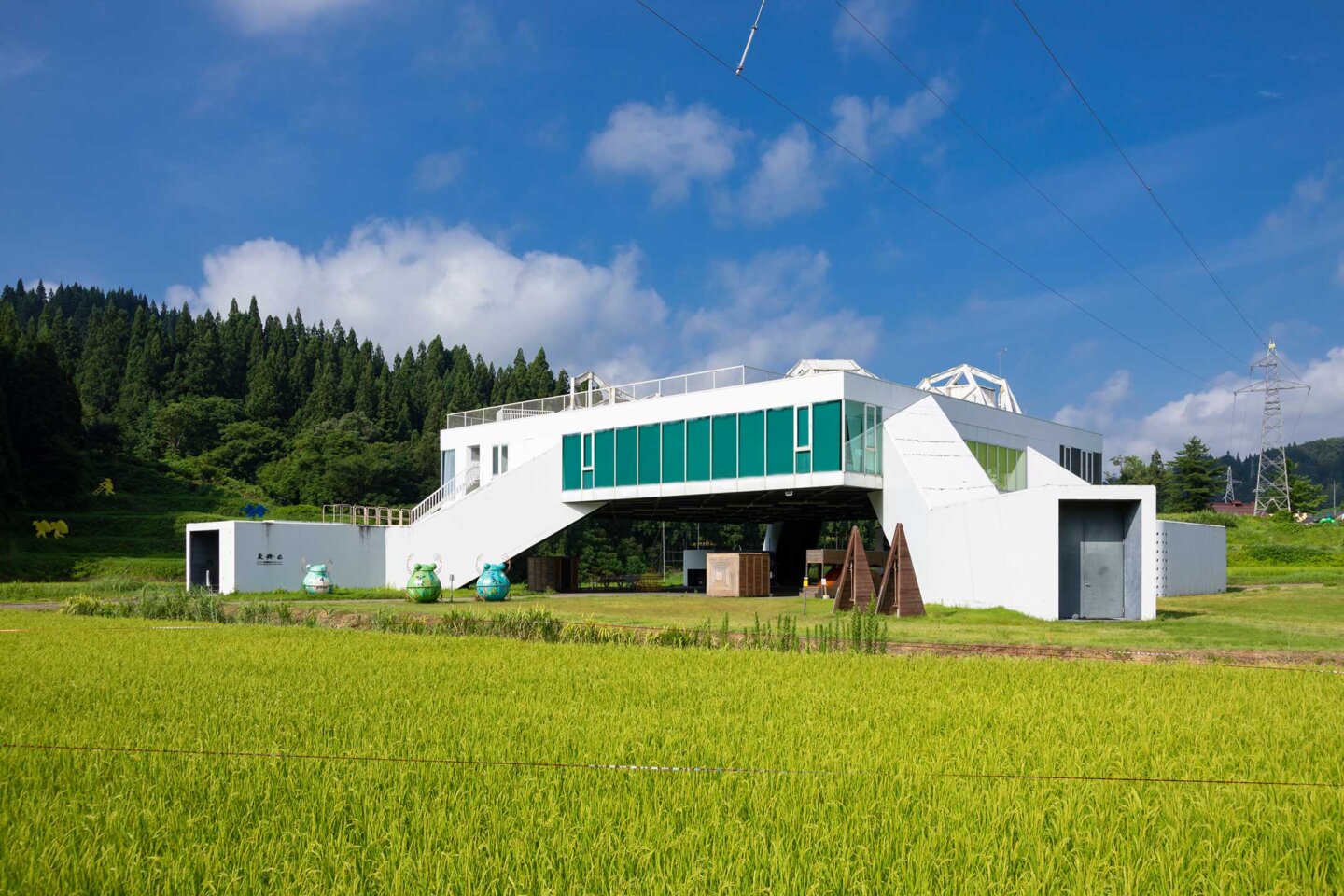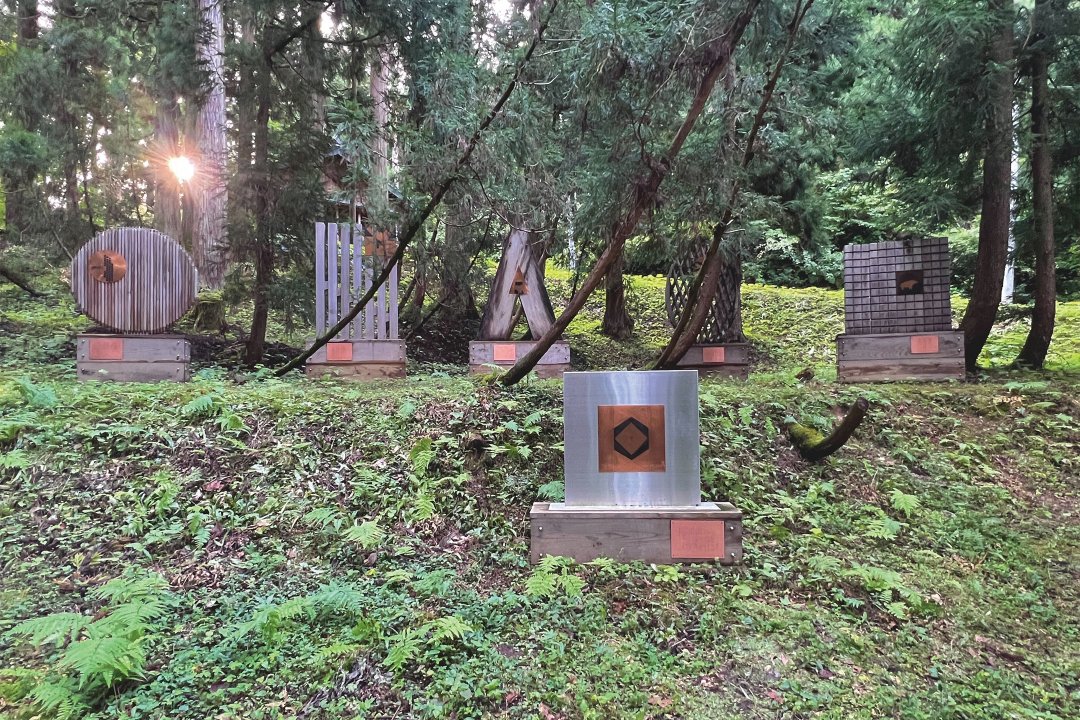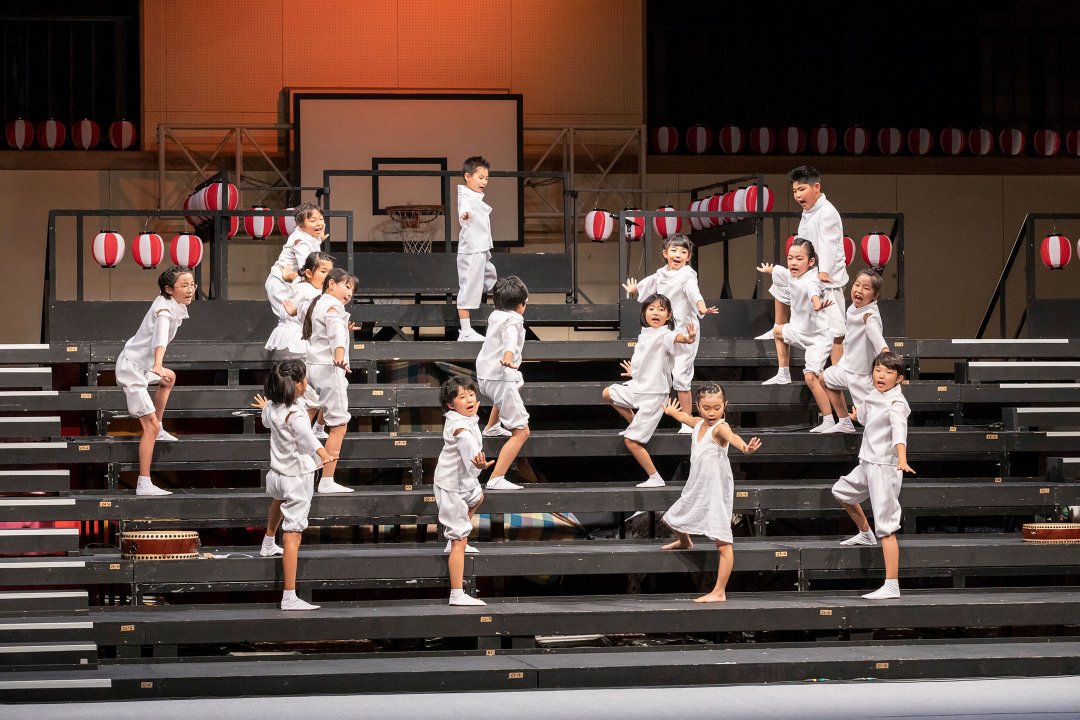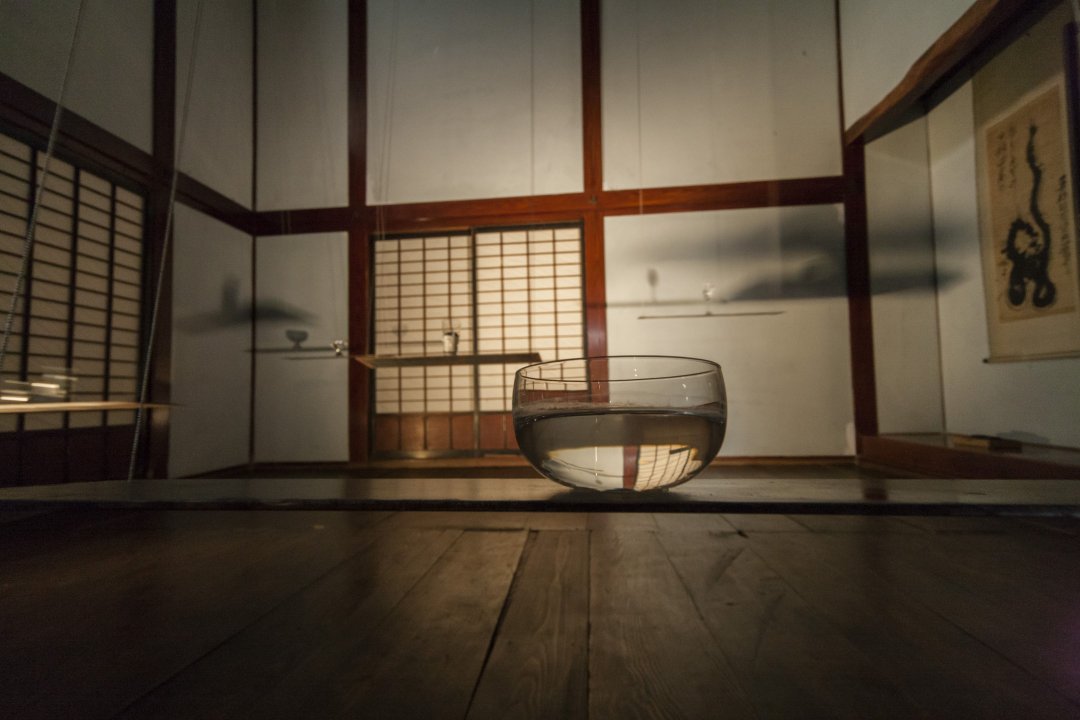Thinking 21st century art in the world from Niigata
Echigo-Tsumari Art Field - Official Web Magazine
Staff / From behind the scene of Echigo-Tsumari
In order to live through in the region with heavy snowfall
10 March 2021
A heavy snowfall that reminded us of the past
Changing seasons from autumn to winter is always dramatic – a brownish mountains and dried field we saw yesterday is completely covered with white blanket of snow. Unlike usual winter that arrives quietly, we had a heavy snowfall this winter, as close as what we may call disaster. The first snowfall turned into root snow and the amout of snow fallen exceeded two meters in no time. Even local people talked “we have already got enough snow piled up as much as for one winter” and “the way snow falls this year is very abnormal”. The amount of snow even surprised staff members who are born in Tokamachi. I would like to talk about removing snow of this year and local people who have continued to live through in this region.
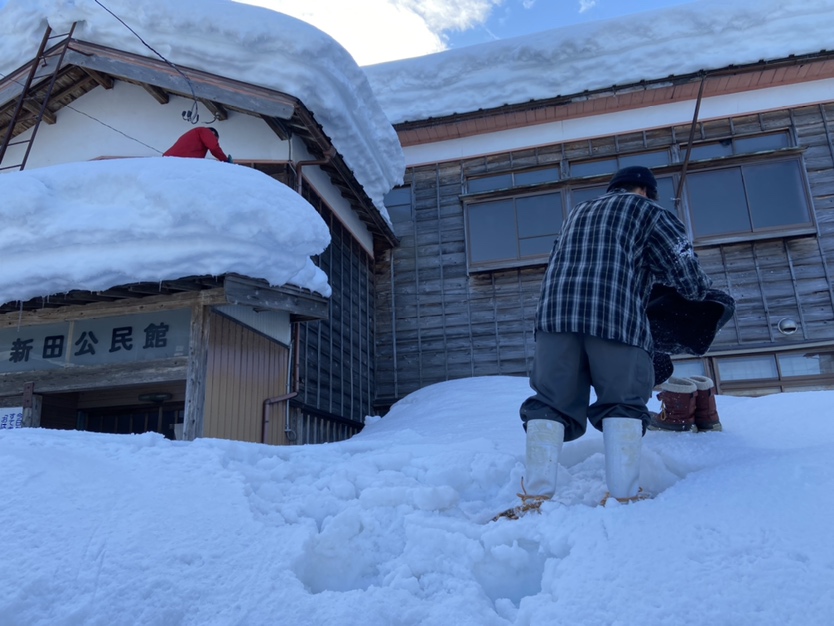
Protecting artworks
While a song goes like this – “yuki-ya konkon arare-ya konkon” (meaning “snow is falling and hail is hitting”), snow in Echigo-Tsumari is not that light. Heavy snowfall this winter brought terrible damages which were hard to imagine from little snow last year, including stopping the operation of trains in Niigata, blocking the major road (Kanetsu Jidoshado) which resulted in preventing many cars from moving for 52 hours. In response to such situation we have set up a team-snow-removal to protect artworks in the region. The snow-removal began again from the artwork in an unoccupied house called “Elixir” by Janet Laurence this winter.
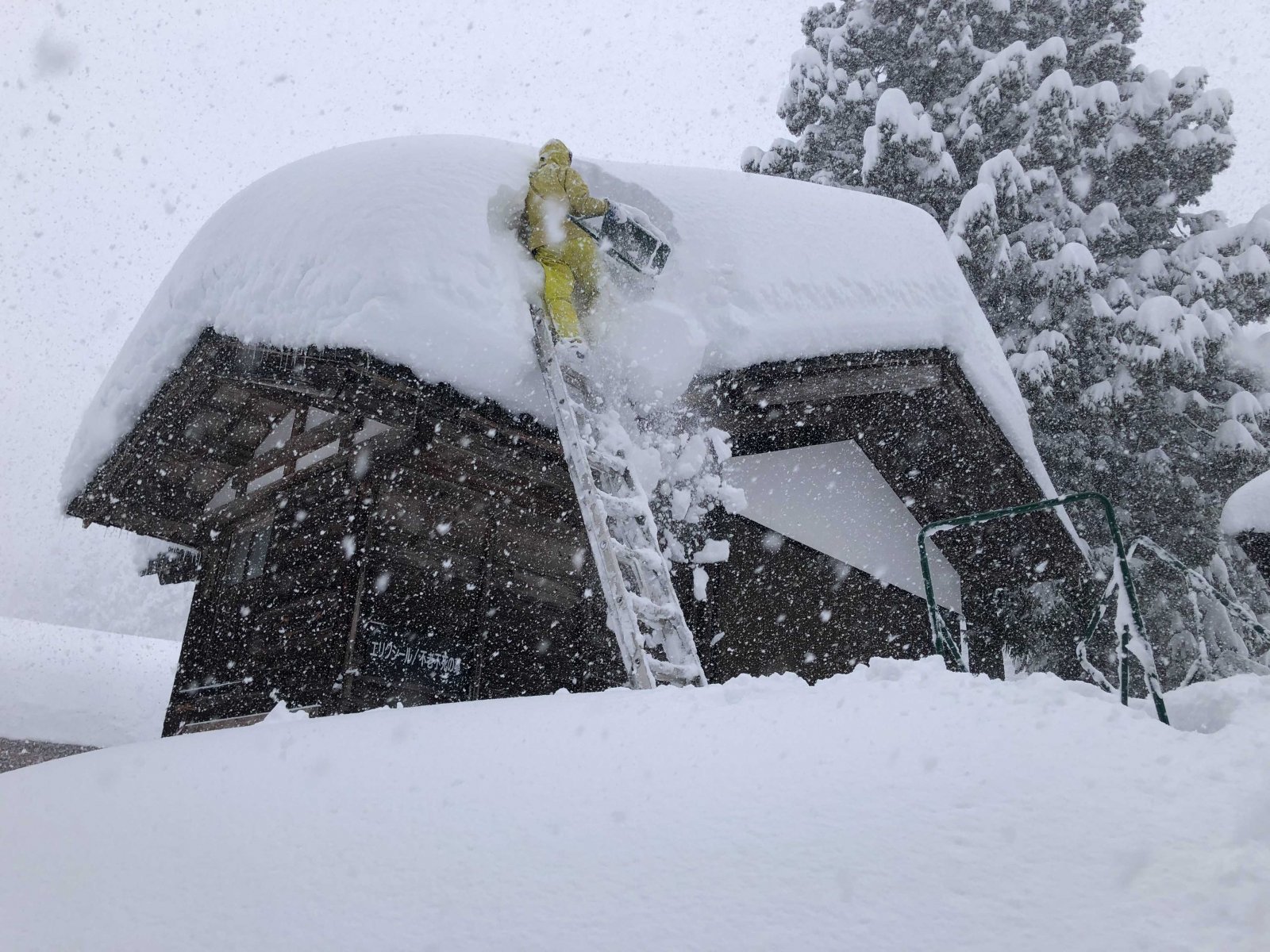
Removing snow from "Elixir" by Janet Laurence
Climbing snow wall with a snow-dump (a tool for snow removal looks like a wheelbarrow or a large spade) on shoulder. Moving ahead farm road burried under the snow which has changed its shape. When we finally arrived at the artwork, the pile of the snow on the roof was as high as the height of an adult person. While dumping and removing snow is hard work with some potential risks, leaving unattended every time snow falls would cause damage or collapse of artworks. Most of the artworks in unoccupied houses use old minka houses. While their structure is robust against snow, they could be destroyed if unattended. It is not good for a house neither if snow piling on the ground is connected to snows on the roof as the weight of the snow could damage the roof. There is a battle to win in order to protect artworks in ETAT during winter.

Removing snow around “Maigu-san, munch munch” by MATSUMOTO Yuma
Learning old wisdoms as we removing snow
Whereve we went for removing snow, it was not easy to work due to the fair amount of snow. While the main job is to dump snow off from the roof, such piles of snow could reach out to the roof if you don’t think ahead. To avoid that happens, we rather pile snow from the roof onto the side of the house and that process is called “makuru”. Now this “makuru” requires preparation. As it is hard to transfer snow on slope, we first flatten the pile of snow on the roof. It was first time for me to try “makuru” approach and I struggled to get used to flatten the snow at the beginning.
Removing snow from the roof carries the risk of falling. The snow that overhangs like an eaves outside the edge of the roof is called a “cornice (seppi in Japanese)”. You could fall assuming that there is a roof and putting your feet out and therefore the first thing to do is to confirm the edge of the roof by dropping the seppi. Moreover, what you put on your feet when removing snow is called kanjiki made of bamboo and ropes. While you may not be able to walk on a newly fallen snow if wearing only the pair of rainboots, kanjiki distributes your weight evenly and enables you to walk on snow easily. It is an important tool handed down for long time ever since Jomon era. However, it may be too slipply with them some occasions and we have to think carefully to avoid any accident. While I lived in Tokamachi for 26 years, experiencing removing snow for the artwork in the unoccupied house taught me for the first time how to get rid of snow.

We had so many local people helped us with removing snow this winter. For Sansho House in particular, everyone in Kotani village participated in getting rid of snow for the school building – which saved us half a day. It is such support from the community which enables us to protect artworks. When local people said to us “it is so great to have young people here. please keep working hard!”, I felt happy and moved at the same time eating curry together at the canteen in Sansho House after work. While it is hard work and you feel defeted from time to time, working on Sansho House with local people made me think “we were supported by local people and they trust us. We can work harder” and encouraged me to continue working on snow removal.
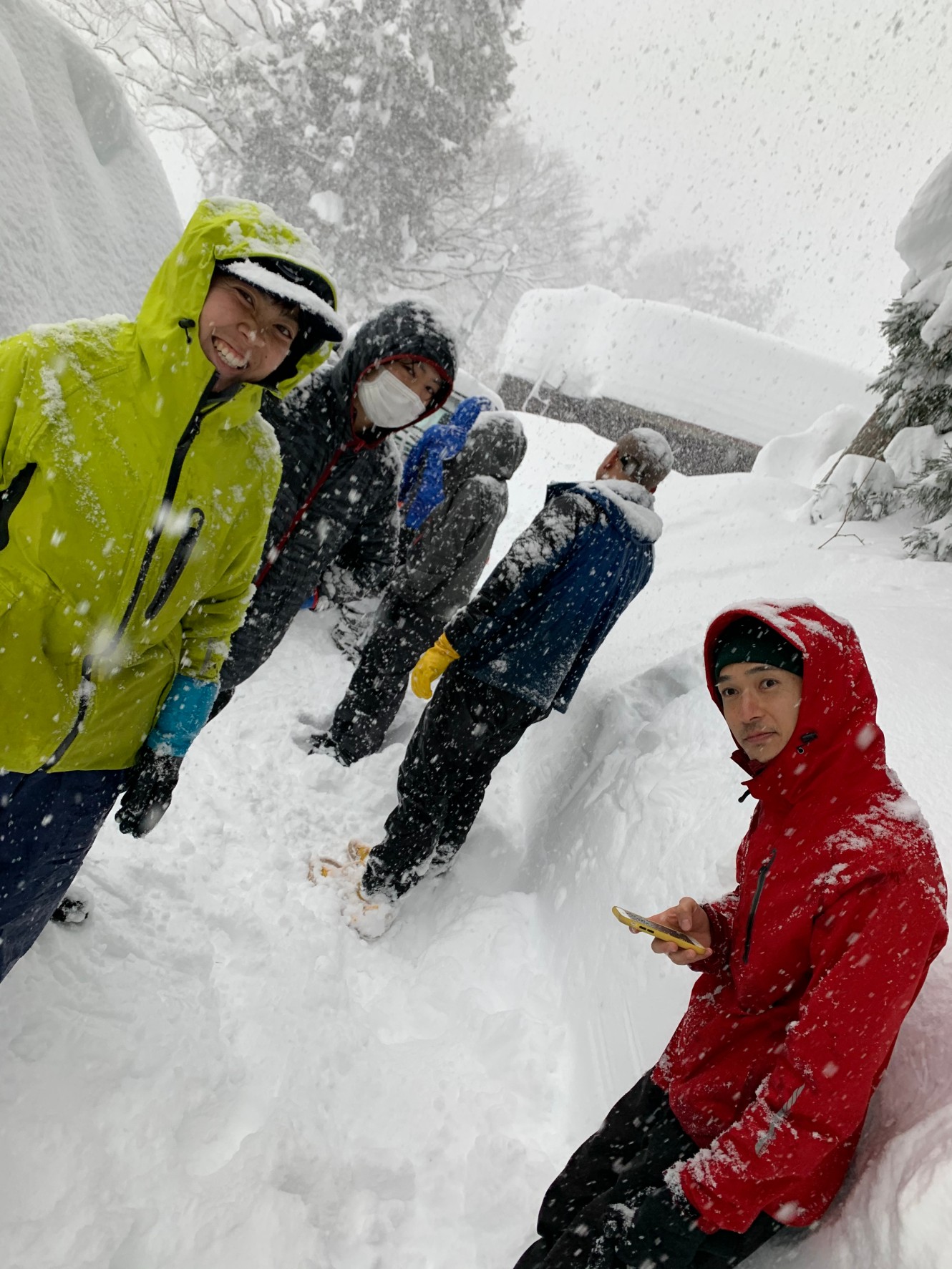
On the way back to the office after finishing snow-removal
I asked history and story about the snow-removal in this region from local people who have managed to live here, known for heavy snowfall, for a few decades. The heaviest snowfalls were recorded in 1981 and 1984. The snow piled up almost as high as electric lines and children went to school walking over these lines. In this region with heavy snowfall, snow-removal is called “digging-out snow” rather than “shoveling snow” as people literally have to dig out house from snow. In olden days people had to “pave the way” by stepping snow by kanjiki when the streets were covered under snow in order to live life as there was no snow blower. Each household was somehow given task to clear snow from one electric pole to the other, people started to quarrel if snow-removal and paving the way were not done properly. But they made up when snow melted as spring approached. Local people call this unique quarrel in the snow country as “snow-quarrel”. When there was no means of transportation as snow fell, some people carried and delivered foods and mails on foot and others such as children and elderlies worked on snow-removal in the absence of fathers in the respective family who worked in cities during winter. Although cars were running thanks to the snowplow, the heavy snowfall this winter reminded people of the recorded snow falls of 1981 and 1984 which they struggled to survive, and made them face with snow for the first time in longe time.
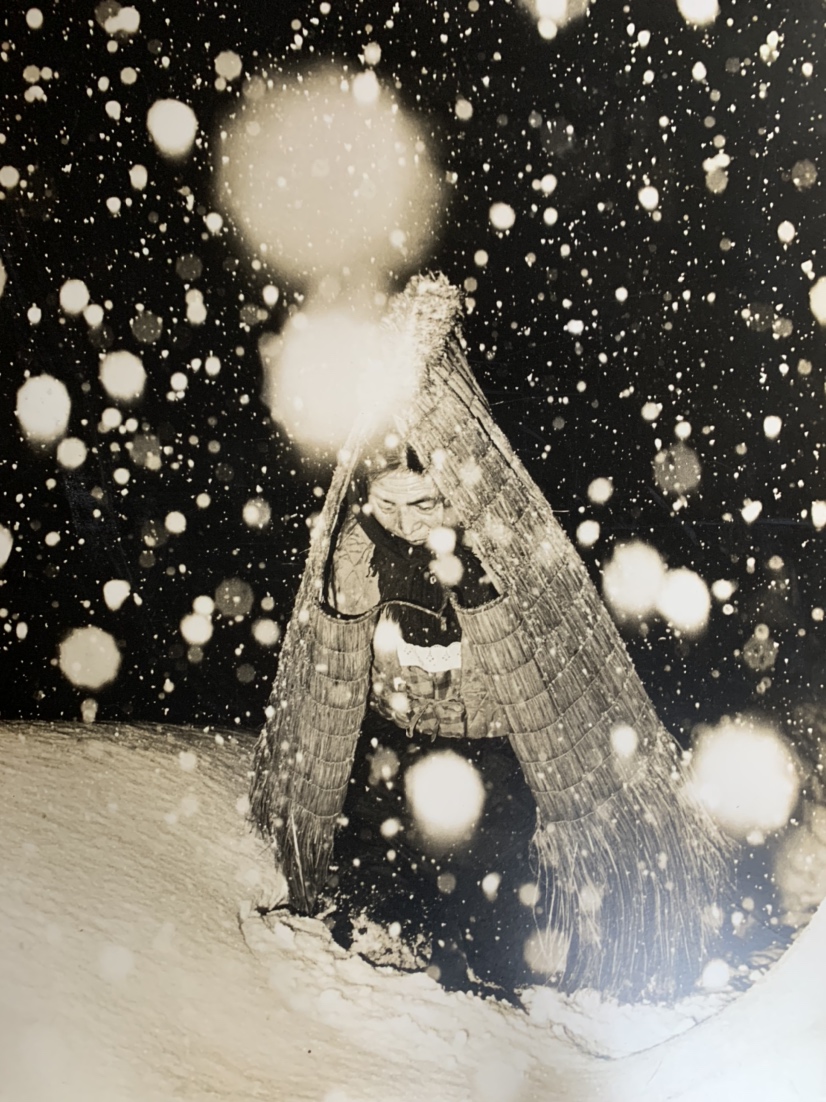
The snapshot of paving the way. Photo courtesy from Matsudai History Museum
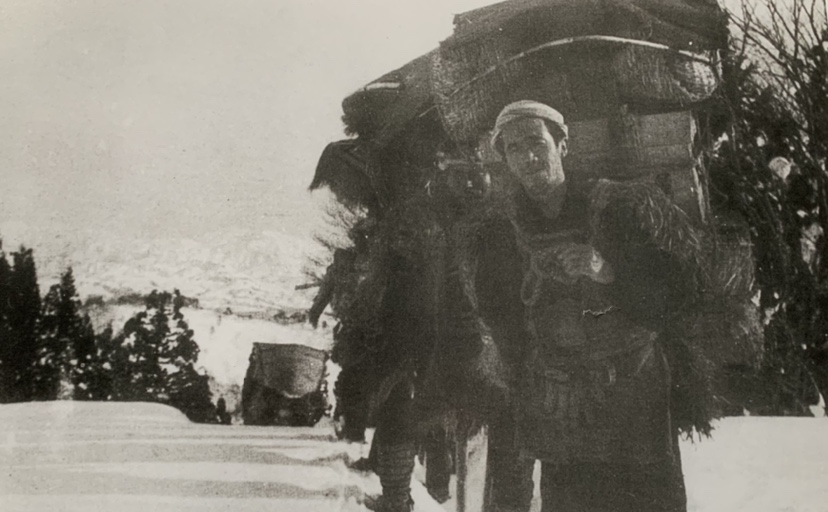
People carrying foods and other goods from Tokamachi. Photo courtesy from Matsudai History Museum
I believe that “snow” gives us joy and bliss and impressse us. When snow falls, we can make snowman and ski while it also creates magnificent landscape that we see in Echigo-Tsumari. When snow melts, we make use of snow-melt water for growing rice which eventually turn into delicious rice. At the same time, snow could be harmful from time to time. Human can’t win over nature. When I was wondering how I should face with snow, I remembered what one of the experienced colleagues of the snow-removal team said to us:
“What is important is to make friends with snow.”
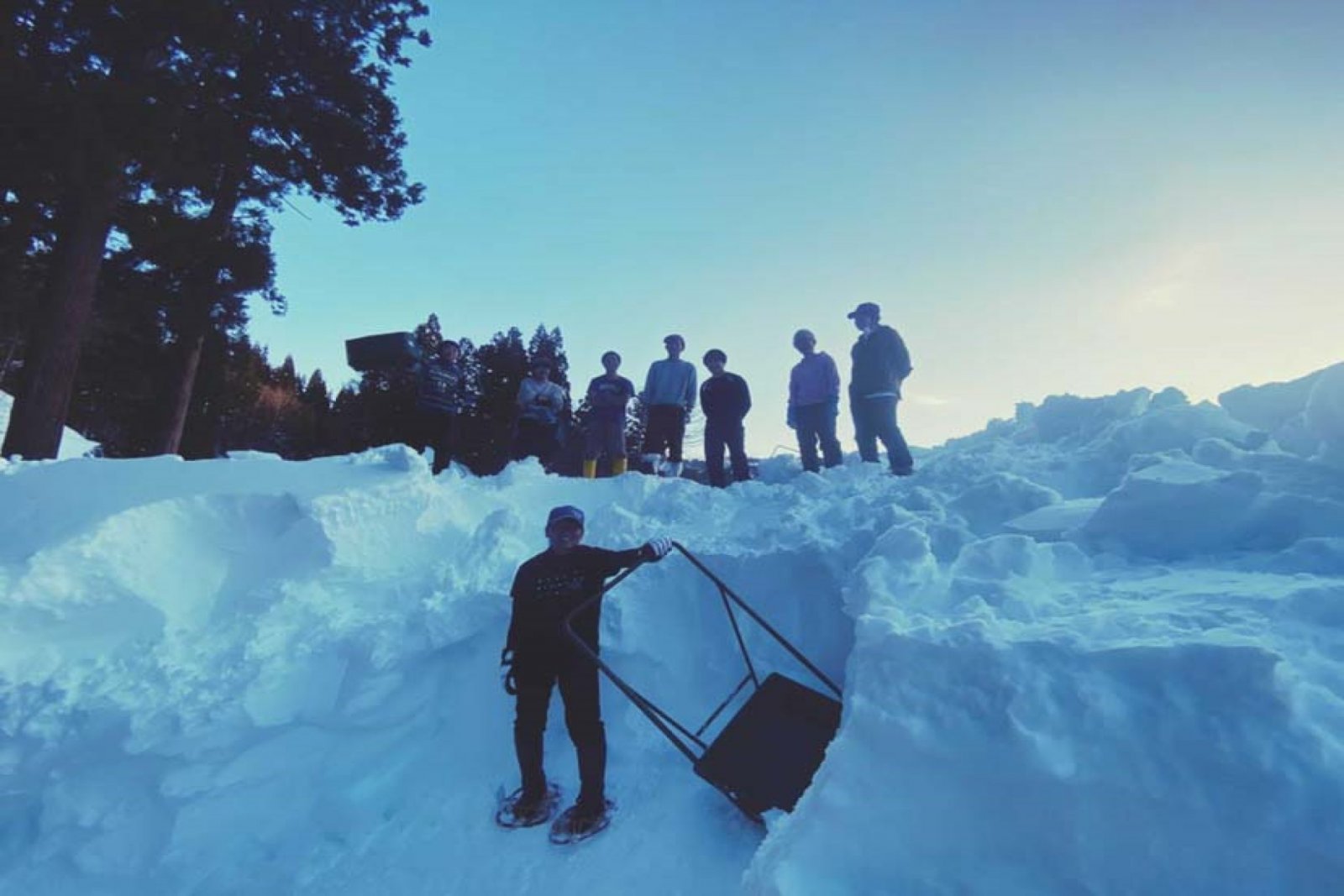
Snow-removal team in their uniform - kanjiki and snow-dump
Communicating the charm of this place as I face with snow
One has to spend long time with snow during winter if you live in Echigo-Tsumari. Most people living here feel depressed “as the long winter is coming” prior to the winter approached. I think what is important to live in a snow country is to find a way to “get along with” snow. In this region, there are a lots of things such as what people wear, eat and inhabit (buildings) that should be handed down for generations in addition to snow. By inheriting means to survive heavy snowfall from ancestors, creating beautiful landscape and producing delicious rice, I would like to pass on the charm of this place to as many people as possible.
Text by Minegishi Kairi (some text provided by Yokoo Yuta)
Text and edit by Mori Kisa, NPO Echigo-Tsumari Satoyama Collaborative Organisation







